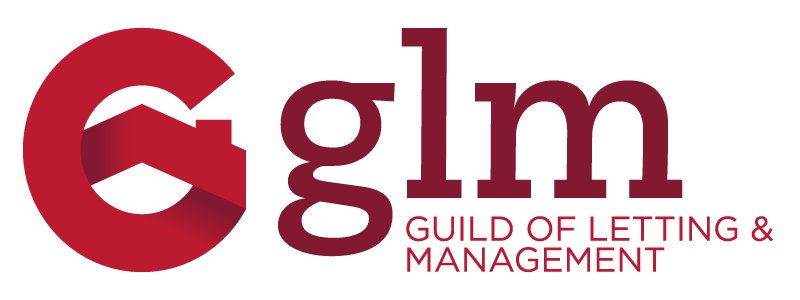The Importance of Property Visits
Property inspections have become a topic of discussion for many lettings who manage properties. Since the pandemic, letting agents faced challenges with ensuring that the backlog created by the various lockdowns has been reduced. With the property inspection forming part of a managed service, landlords benefit from the interim property visits that take place and as such provide landlords with information about the condition of their properties.
It is important to note that the property visit is not purely a contractual agreement between the landlord and the letting agent. Section 11 (6) of the Landlord & Tenant Act 1985 states that a landlord :- ” may at reasonable times of the day and on giving 24 hours’ notice in writing to the occupier, enter the premises comprised in the lease for the purpose of viewing their condition and state of repair.”.
Organising the Property Visit
The Property Visit needs to be diarised based on the requirements stipulated in the agency Terms of Business. The Terms of Business will indicate the frequency agreed by the landlord, either quarterly, bi-annually or once a year. Additional property visits may be requested for which landlords will be charged. The protocol for conducting the property visit must take into consideration the tenant’s Quiet Enjoyment as well as adhering to the statutory time restrictions.
The landlord has a duty to inspect the property in order to ensure that the property is in a habitable condition. There are times when tenants refuse access, however, any visits that are cancelled or postponed at the request of the tenant must be noted on the CRM system and the appointment rescheduled.
Conducting the Property Visit
When the tenant has given consent for the property visit, prepare in advance for the visit. The original inventory will serve as a benchmark to verify the condition of the property. The areas to focus on will be maintenance and repairing issues which will be reported back to the landlord and addressed accordingly. Photographic evidence as well as written comments will b e beneficial especially when making a comparison with the original inventory. Take note, however, that photographs can only be taken of condition and must never include the tenant’s personal possessions.
Once the property visit report has been completed, it should be sent to the landlord, providing peace of mind, and where necessary, condition can be confirmed. Any repairing or maintenance can be dealt with in a timely fashion thus reassuring the tenant that the landlord fulfils their obligations.
Client Relationship Management
The property visit is also a good opportunity to ascertain the tenants intentions for the future, consider whether there needs to be a rent increase and also discuss any concerns that the tenant may have. Rest assured that customer care shown to tenants is never forgotten.
Behaving in a Tenant Like Manner
It is not only the landlord who must adhere to their obligations, the tenant also has contractual obligations they must uphold. The tenant must treat the property as if it were their own, they need to abide by the terms of the contract, ensure they are not in breach and report any defects, hazards or maintenance issues to the landlord in writing. If a breach of tenancy is identified during the property visit, the tenant must be notified verbally and then in writing.
When a tenant uses a defence of disrepair, or reports issues to the local authority, property visit reports become more and more importantly prove condition of the property.
